Close your eyes and listen—what do you hear? Out in the open ocean, where coral reefs bloom in a riot of color, there’s a secret symphony playing beneath the waves. Snapping shrimp crackle like popcorn, fish grunt and croak, and the whole reef pulses with life’s music. But as reefs around the world fall silent, scientists are tuning in to these underwater soundscapes, discovering that the key to saving corals might be hidden in the songs of the sea. Imagine if the path to reef recovery could be guided not just by what we see, but by what we hear. Let’s dive deep into the world of acoustic ecology, where every snap, chirp, and rumble tells a story of hope for the world’s embattled reefs.
The Underwater Orchestra: Nature’s Hidden Soundtrack
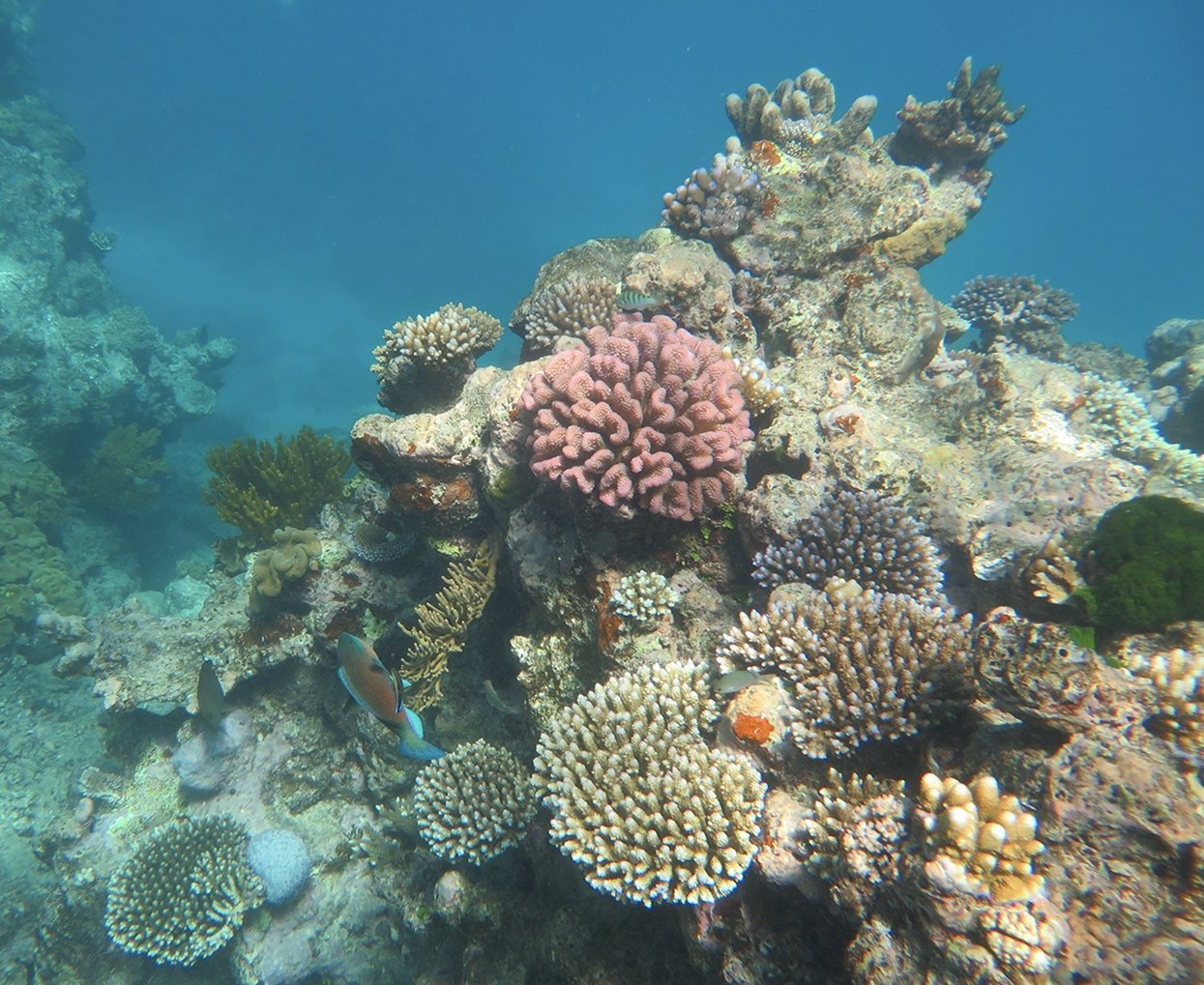
Coral reefs are anything but quiet. In fact, they’re some of the noisiest places in the ocean. The constant chorus comes from a mix of creatures—like the ever-busy snapping shrimp whose rapid claw snaps create bubble-bursting booms, and fish that grunt, click, or even sing. These sounds travel far underwater, painting a vivid audio portrait of life. When people first slip beneath the waves and listen, they’re often shocked at how alive it all feels. This natural music isn’t just beautiful; it’s a sign of a thriving ecosystem. Healthy reefs burst with sound, while damaged ones fall eerily silent—a quiet warning that something vital is missing.
What Is Acoustic Ecology?
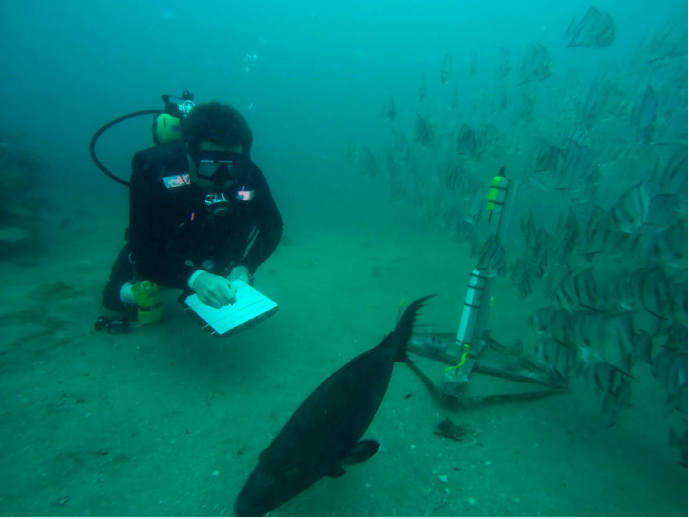
Acoustic ecology is the study of the relationship between living organisms and their environment through sound. In the ocean, this means listening closely to the ways marine life communicates, hunts, and navigates. For coral reefs, acoustic ecology offers a window into the health of the ecosystem. Scientists use underwater microphones, called hydrophones, to record and analyze these soundscapes. By studying the patterns and diversity of reef sounds, researchers can tell if a reef is flourishing or fading. This approach is giving conservationists new ways to monitor and protect reefs, even when they’re out of sight.
Why Reefs Rely on Sound
Sound matters more than you might think. Many fish and invertebrates depend on reef noises to find their way home. Larval fish—tiny, newly hatched babies—float for days or weeks in the open sea before returning to the reef. It’s the unique symphony of crackles, pops, and grunts that helps guide them back. When reefs lose their sound because of bleaching or destruction, these babies get lost and never return. It’s like trying to find your way home in a city where all the streetlights have gone out. Without their sonic signposts, reefs can’t recover as easily.
How Scientists Listen to the Reef
To unlock the secrets of reef health, scientists deploy underwater recording devices—often for days or weeks at a time. These hydrophones capture everything from the gentle hum of background life to the sharp snaps of shrimp. Back in the lab, researchers analyze the recordings, looking for patterns: Which fish are calling? How loud is the shrimp chorus? Are there long stretches of silence? By comparing the soundscapes of healthy and degraded reefs, they can quickly pinpoint trouble spots and measure recovery after restoration efforts. This method is faster and sometimes more revealing than traditional visual surveys.
The Silence of a Dying Reef
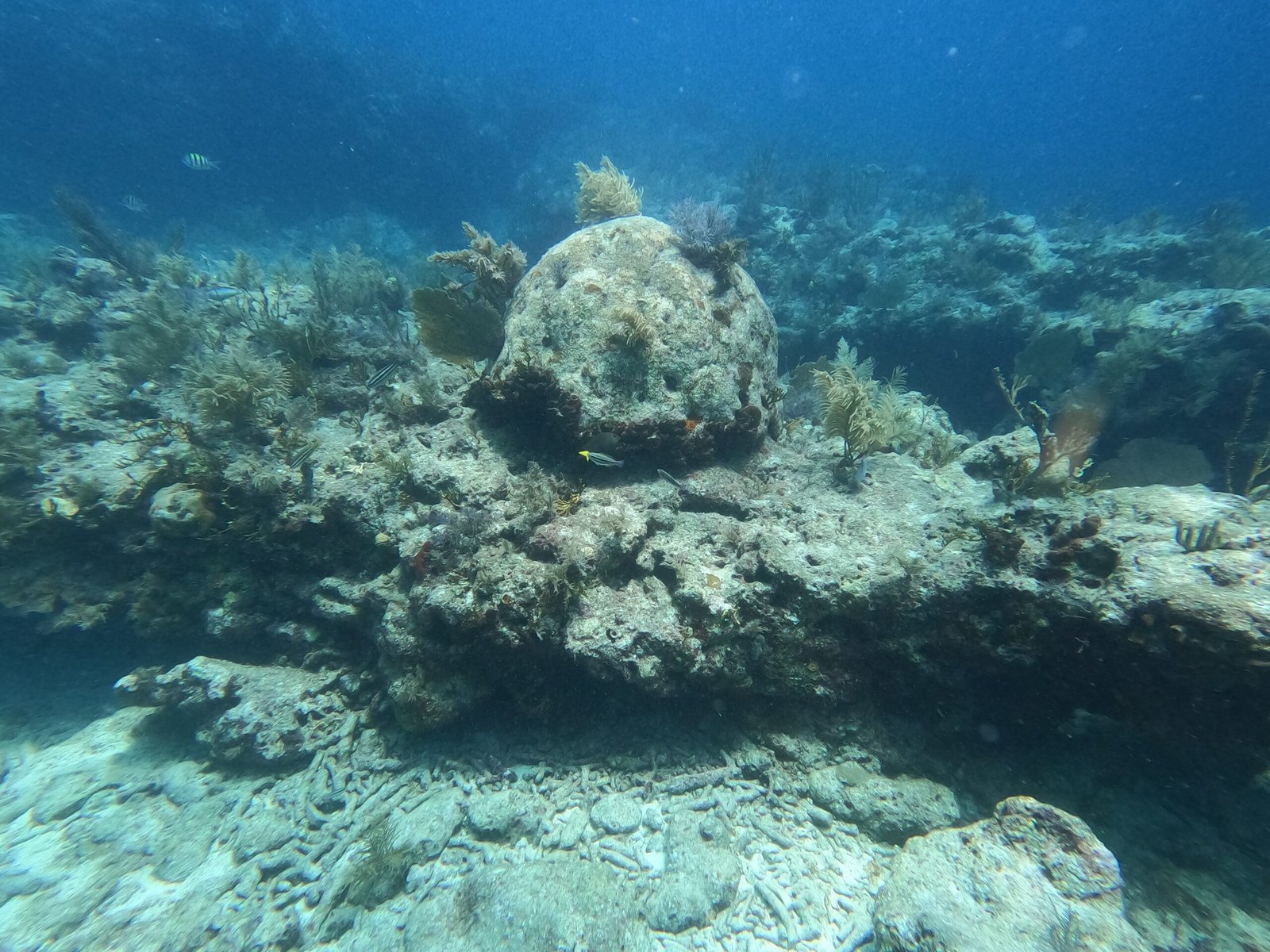
One of the most haunting signs of reef decline is its silence. When coral dies, the animals that make all the noise—shrimp, fish, crabs—disappear. The once-busy reef becomes a ghost town underwater. Silence in the ocean is not golden; it’s a distress signal. Scientists have found that these quiet reefs struggle to recruit new life, trapping them in a cycle of decline. The lack of sound doesn’t just mean fewer animals—it means the whole community is missing its rhythm, like an orchestra with no players.
Restoration by Rewilding the Soundscape
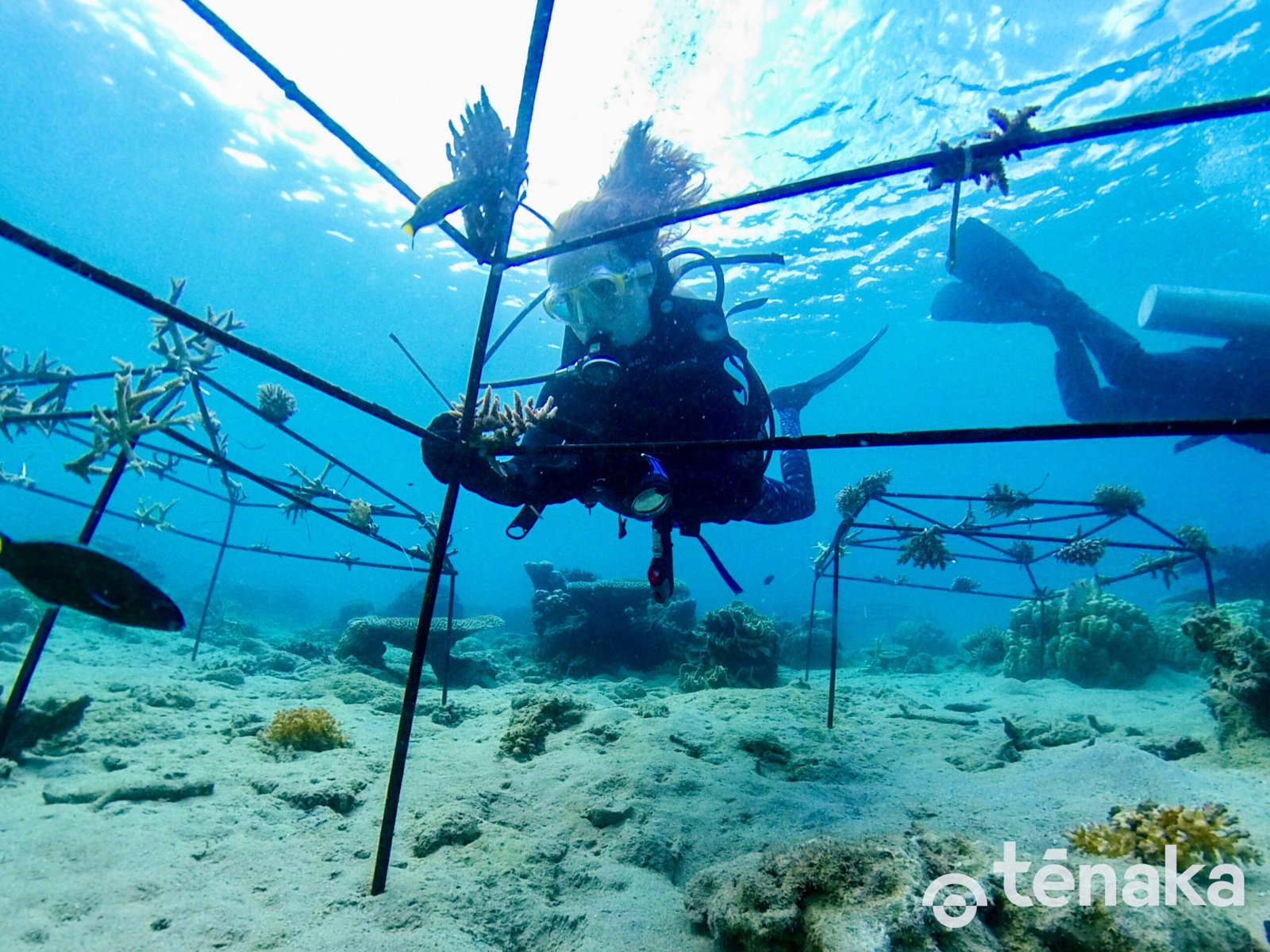
Here’s where things get really inspiring. Researchers have started playing recordings of healthy reefs at damaged sites, using underwater speakers to broadcast the sounds of life. This “acoustic enrichment” lures young fish and invertebrates back to the area, kickstarting the recovery process. It’s like hosting a block party in an empty neighborhood to attract new residents. Early studies show that reefs where these sounds are played recover faster, with more fish and greater diversity returning. The simple act of bringing back the music can help bring back the life.
Understanding the Language of the Reef
Every sound on the reef has a meaning. Some fish grunt to defend their territory, while others click to attract mates. Snapping shrimp use their pops for communication and even to stun prey. By decoding these sounds, scientists are learning how reef creatures interact and how their relationships shape the ecosystem. It’s a little like learning a new language—one that reveals hidden dramas and alliances beneath the waves. This insight doesn’t just satisfy curiosity; it also helps guide restoration efforts by highlighting which species are crucial for a healthy soundscape.
Threats to the Reef’s Sonic World
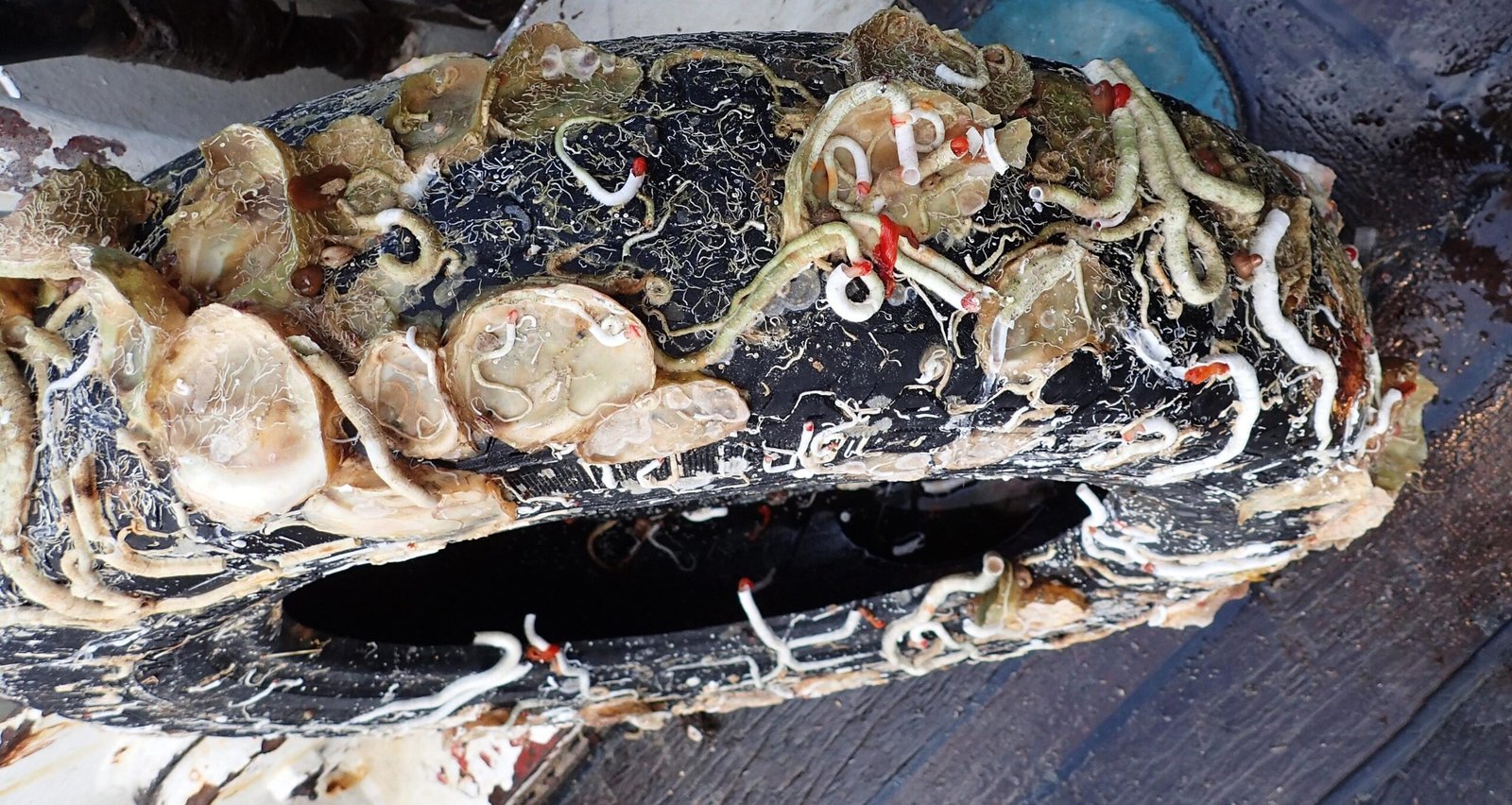
Human activities are a major threat to the natural soundscape of reefs. Boat engines, construction, and even coastal development create underwater noise pollution that drowns out the natural sounds. This sonic clutter can confuse or scare away marine life, making it harder for them to find food, mates, or shelter. In some places, noise pollution is so bad that even healthy reefs are struggling to be heard. Protecting the reef’s acoustic environment is now a key part of conservation, alongside fighting climate change and pollution.
Listening as a Tool for Conservation
Acoustic monitoring is becoming a vital tool for reef conservation. It allows scientists to track changes over time, spot new threats, and measure the success of restoration projects. Unlike visual surveys, which can be expensive and time-consuming, sound recordings can cover large areas and run for weeks without interruption. This makes it possible to monitor even remote or deep-water reefs. Conservation groups are now training local communities and citizen scientists to help listen for changes, turning reef protection into a shared mission.
Acoustic Fingerprints: Every Reef Is Unique
Just as every city has its own sound—think of the honks of New York or the buzz of Tokyo—every reef has a unique acoustic fingerprint. The mix of species, the rhythm of tides, and even the shape of the coral all contribute to its one-of-a-kind soundscape. Scientists can use these fingerprints to identify reefs, track changes over time, and even measure biodiversity. When a reef’s acoustic signature changes, it’s often a sign that something is out of balance. This makes sound an early warning system for ecological trouble.
Young Fish and the Call of Home
The journey of a baby fish is almost magical. After hatching, these tiny adventurers drift for miles, carried by currents. But when it’s time to settle, they tune their ears to the reef’s song. If the right sounds are missing, they might never find their way back. Some studies have shown that playing reef sounds near artificial reefs or restoration sites can boost the number of returning juveniles dramatically. It’s proof that a healthy soundscape isn’t just background noise—it’s a beacon guiding new generations home.
Innovative Technology: From AI to Hydrophones
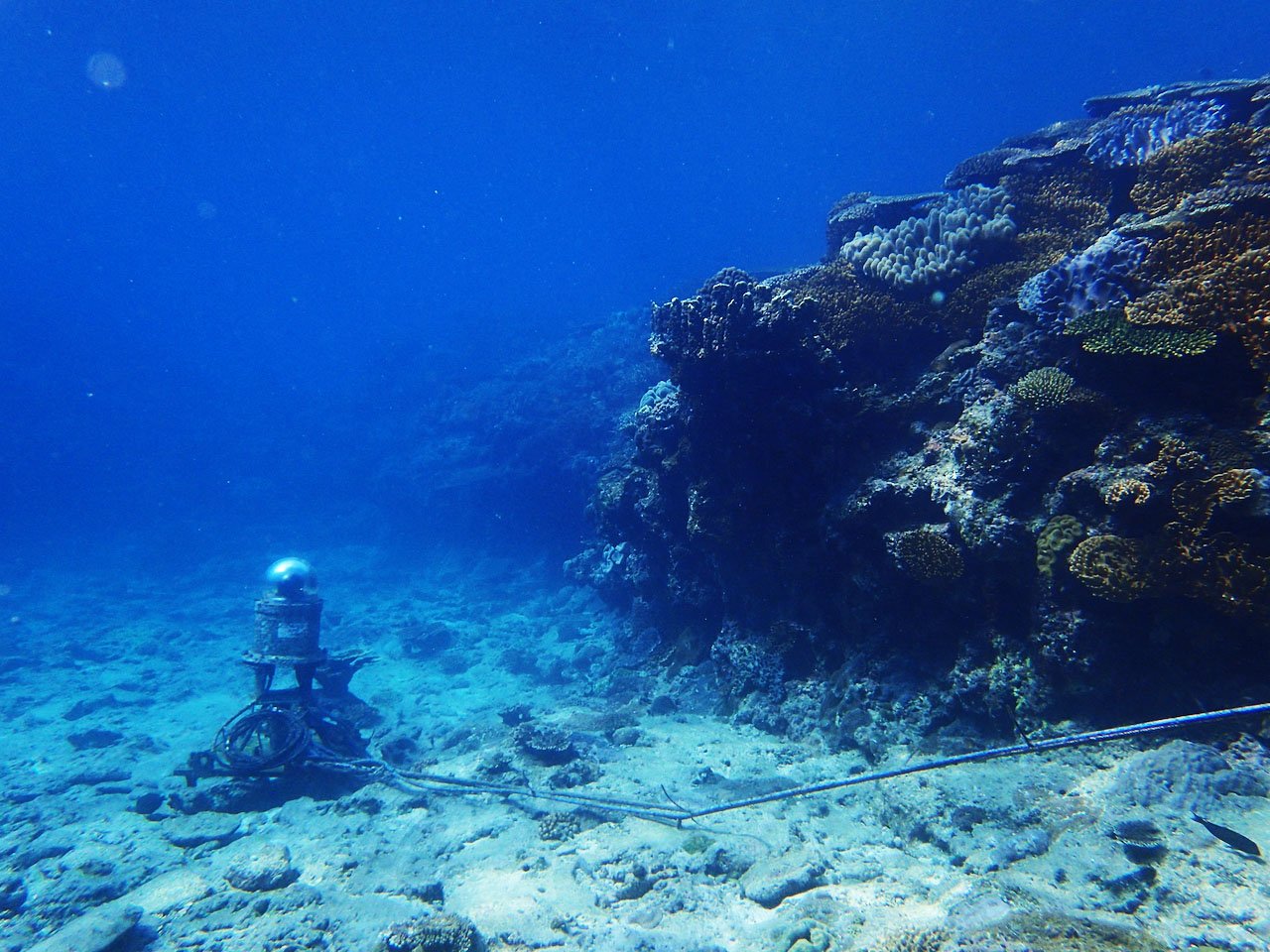
The technology behind acoustic ecology is advancing at lightning speed. Today’s scientists use a blend of hydrophones, machine learning, and even underwater robots to record and analyze reef sounds. Artificial intelligence can sift through hundreds of hours of recordings, identifying the calls of different species and flagging unusual changes. This high-tech toolkit means researchers can react more quickly to threats and tailor restoration strategies to each unique reef. Even smartphone apps are being developed for divers and snorkelers to join the listening effort.
Restoration Success Stories: Where Sound Brought Life Back
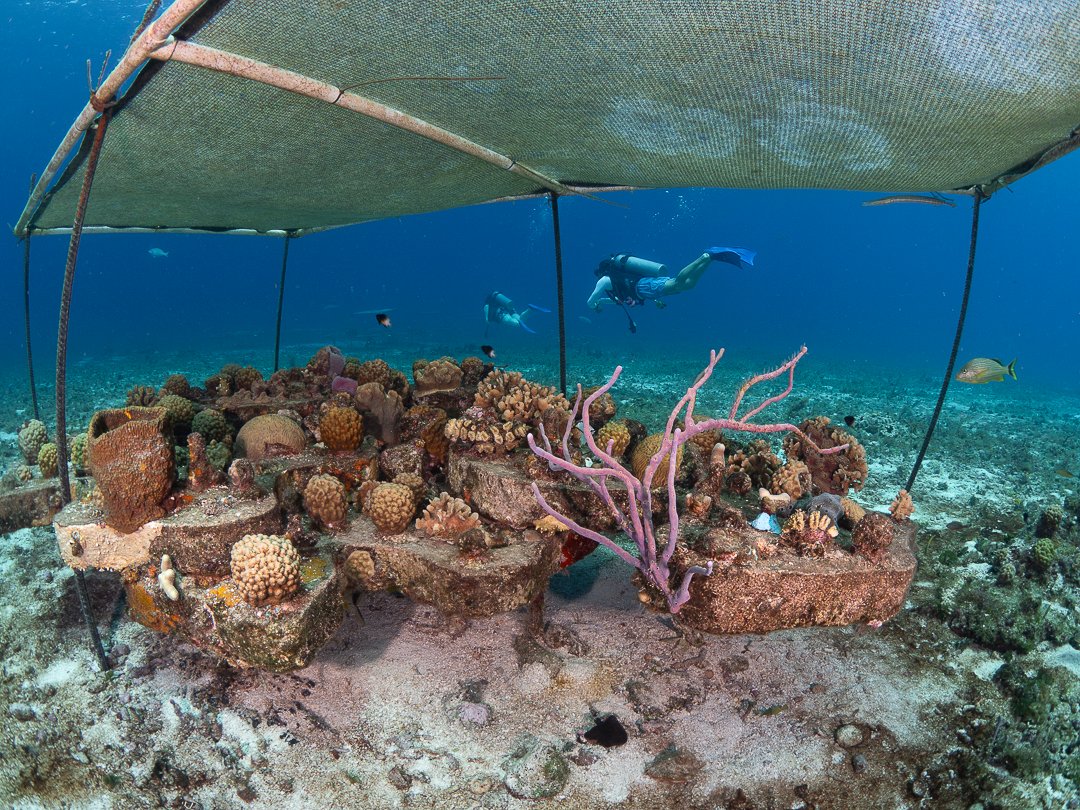
There are already heartwarming examples of reefs rebounding with the help of sound. In places like the Great Barrier Reef and the Caribbean, scientists have used acoustic enrichment to attract fish and other creatures back to barren patches. Within months, these once-deserted areas began to buzz with life again. The return of sound signals the return of hope, showing that even damaged reefs can heal if given the right cues. These successes inspire more ambitious projects, sparking a wave of optimism among conservationists.
Challenges and Cautions in Acoustic Restoration
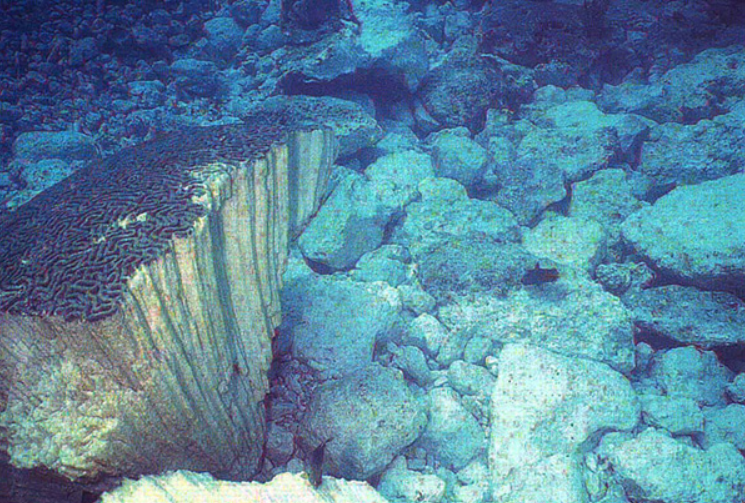
While the results are promising, there are still hurdles to overcome. Not all reefs respond the same way to acoustic enrichment, and the long-term effects are still being studied. There’s also a risk of introducing the wrong sounds or overwhelming animals with too much noise. Careful planning and ongoing research are needed to make sure that sound-based restoration helps rather than harms. Scientists are working closely with local communities, governments, and other stakeholders to develop best practices and avoid unintended consequences.
Climate Change and the Future of Reef Acoustics
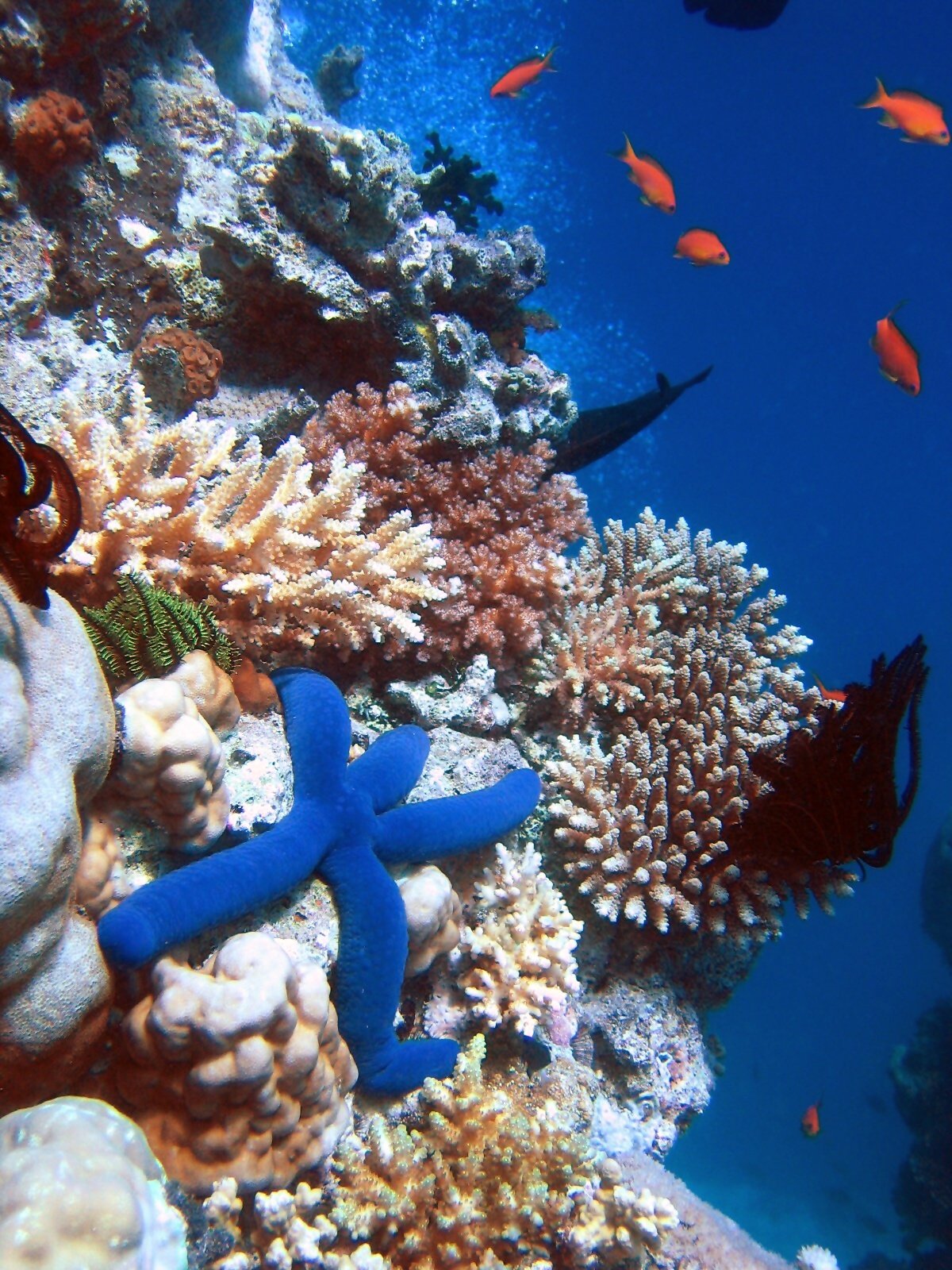
Climate change threatens coral reefs in many ways—warmer waters, ocean acidification, and stronger storms all take a toll. These stressors don’t just kill coral; they also change the community of animals that live there and the sounds they make. Some researchers worry that shifts in the reef’s acoustic signature could be an early warning of deeper trouble. By tracking these changes, scientists hope to get ahead of problems and adapt restoration strategies to a changing world. It’s a race against time, but listening gives us a fighting chance.
Engaging the Public: Citizen Science and Sound
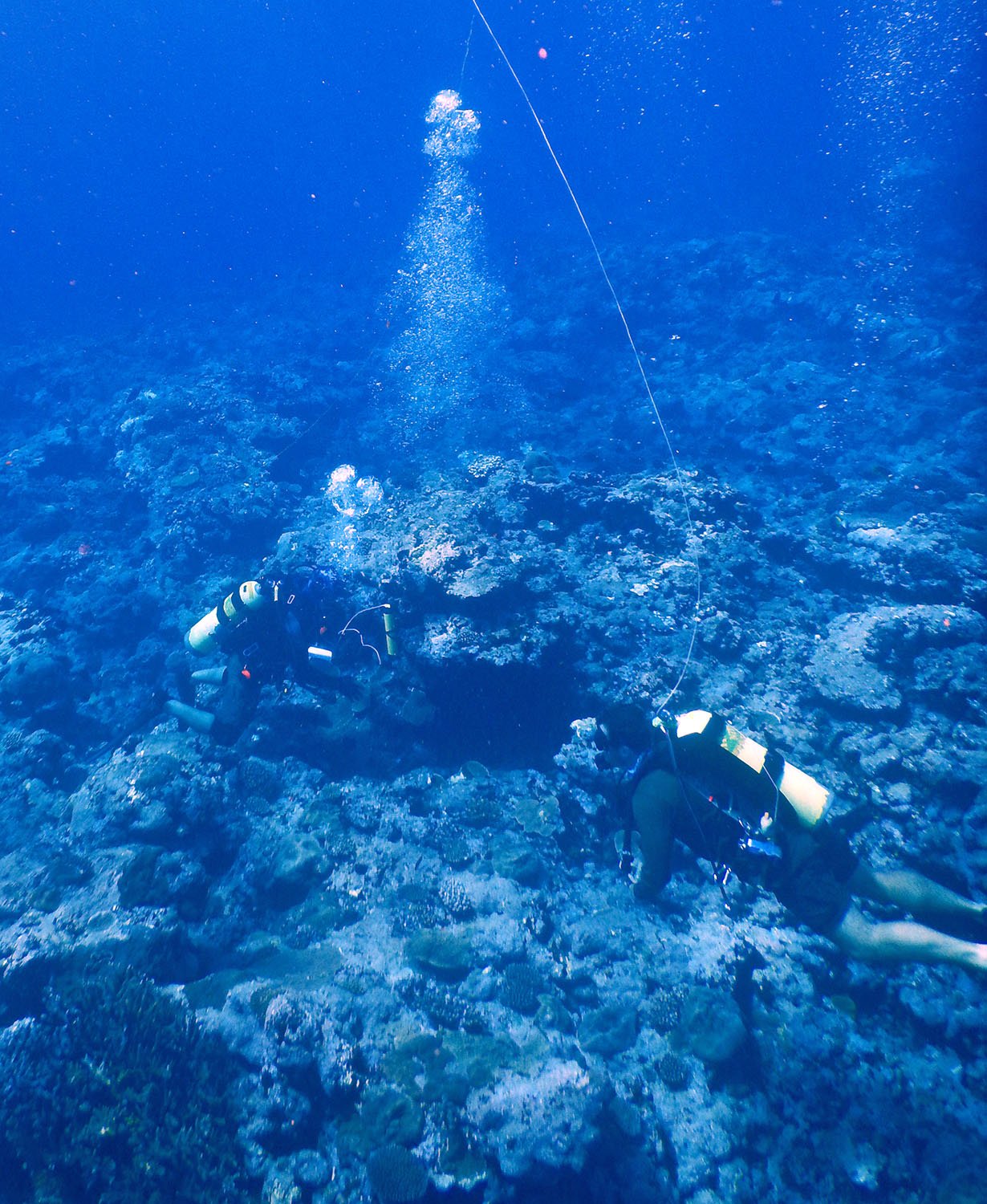
Ordinary people are playing a growing role in acoustic ecology. Through citizen science projects, divers and snorkelers are learning to record reef sounds and share their findings with researchers. Some initiatives even encourage schoolchildren to analyze recordings, sparking curiosity and a sense of ownership over local reefs. By opening up the world of reef acoustics, conservationists are building a global network of reef listeners. This grassroots effort spreads awareness and empowers more people to protect these precious ecosystems.
Education and Outreach: Inspiring the Next Generation
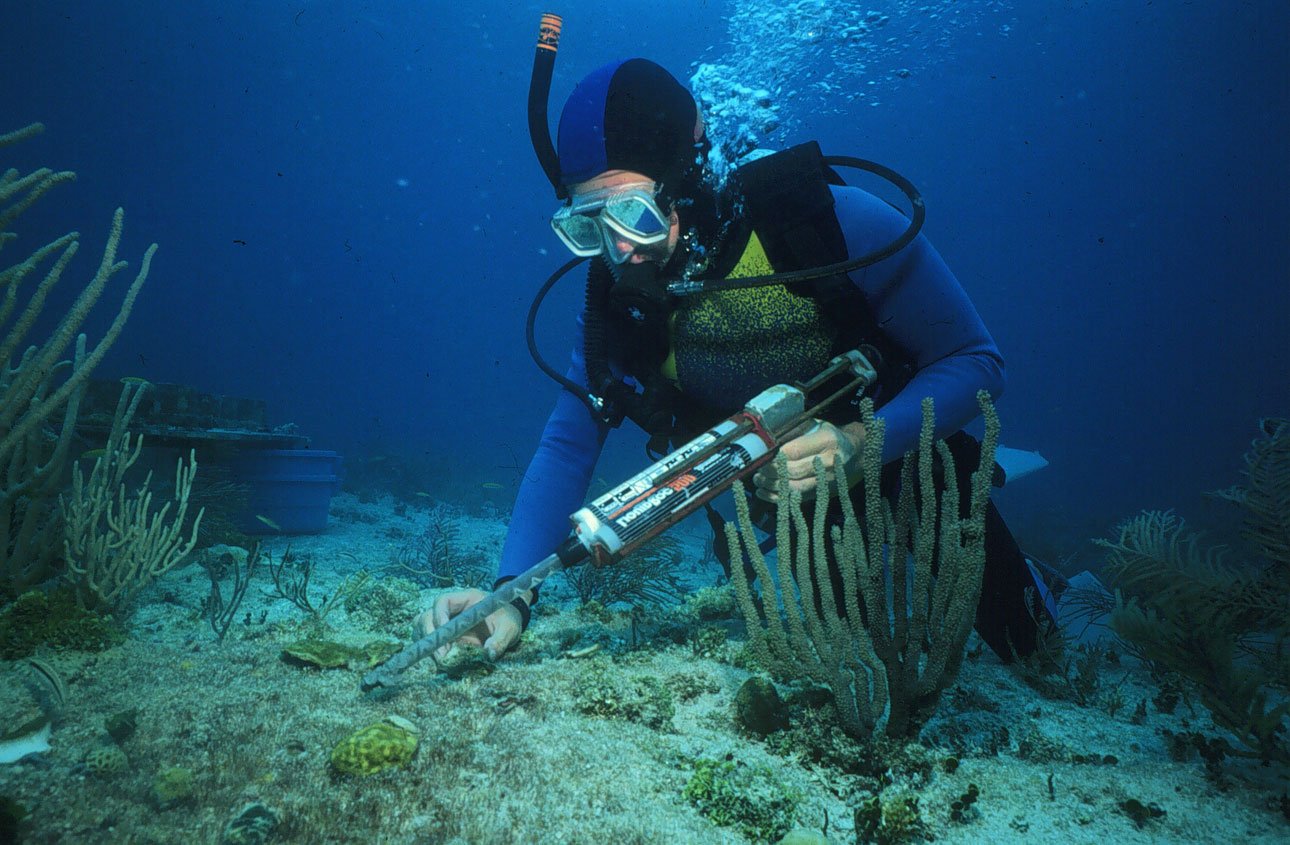
The story of reef soundscapes is a powerful educational tool. Teachers are using recordings to bring the ocean’s hidden world into classrooms, inspiring students to care about marine life. Museums and aquariums are creating immersive sound exhibits, letting visitors experience the reef’s magic even if they never see one in person. By sharing the music of healthy reefs—and the silence of dying ones—educators hope to spark a sense of wonder and urgency in the next generation of ocean stewards.
Policy and Protection: Turning Sound into Action
Soundscapes are starting to influence policy decisions, too. Governments and conservation groups are using acoustic data to identify priority areas for protection and track the effectiveness of marine reserves. Some countries are even considering regulations to limit underwater noise pollution near sensitive reefs. By recognizing the importance of the reef’s soundscape, policymakers can make more informed decisions and create stronger safeguards for these vital habitats.
The Emotional Power of Listening
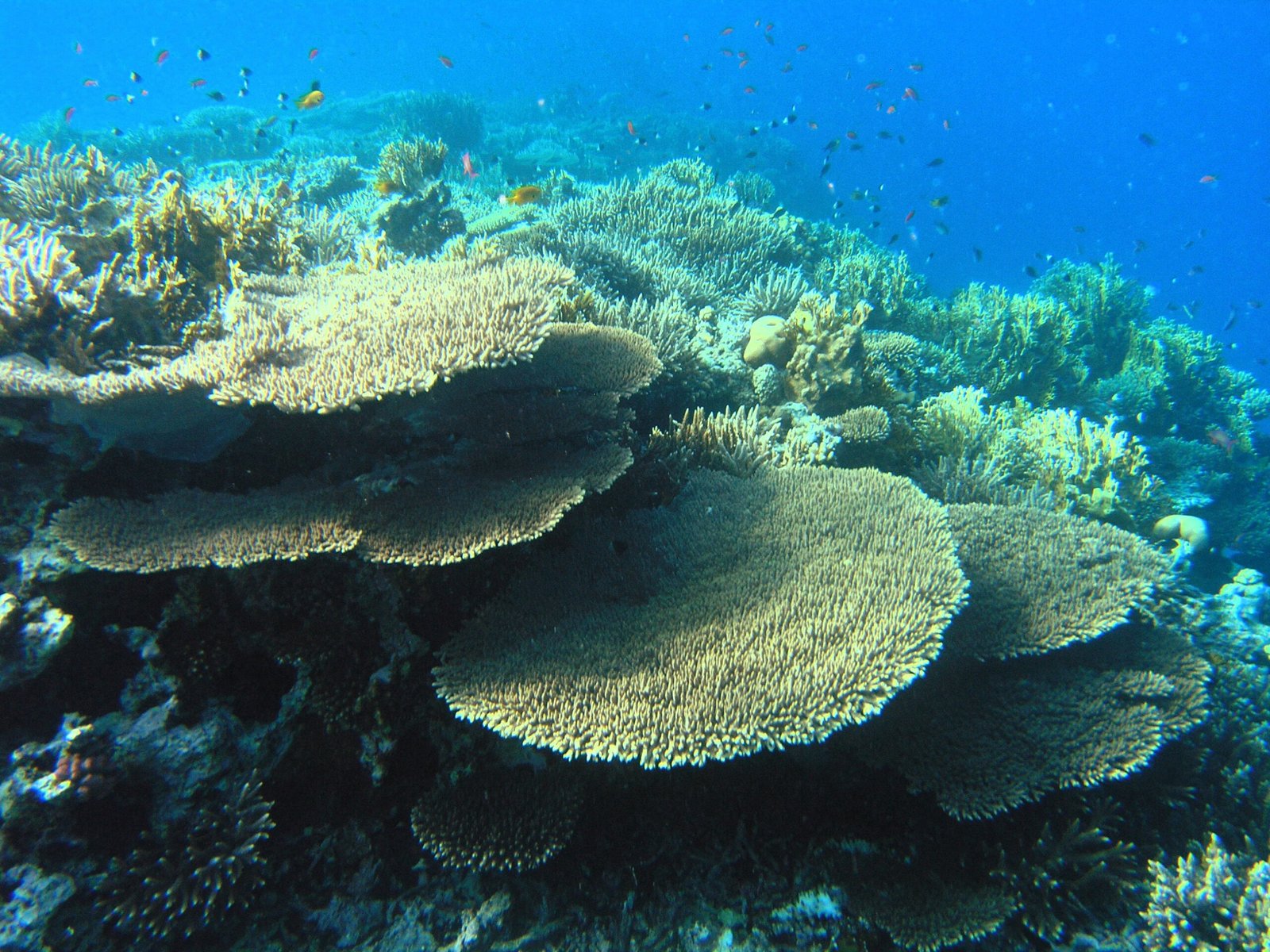
There’s something deeply moving about hearing a reef come alive. For many scientists, conservationists, and ordinary listeners, the experience of tuning in to an underwater world is unforgettable. It reminds us that these ecosystems are not just collections of organisms—they’re vibrant communities with their own voices and rhythms. Listening connects us, on a gut level, to the fate of reefs and the creatures who call them home. This emotional connection is a powerful motivator for action, fueling the fight to restore and protect the world’s coral reefs.
Future Horizons: The Next Wave of Acoustic Ecology
The field of acoustic ecology is just getting started. New research is exploring how reef sounds can be used to monitor other marine habitats, track the effects of climate change, and even develop new medical technologies inspired by nature’s sonic solutions. As our ability to listen improves, so does our capacity to understand and heal the oceans. The future holds countless possibilities, driven by the simple but profound act of listening to the sea.
A Call to Listen—and to Act
The music of a healthy reef is a song of resilience and hope. By tuning in, scientists and citizens alike are discovering new ways to save these magical places. The next time you stand by the ocean, close your eyes and imagine the hidden symphony below. What role will you play in ensuring that the world’s reefs keep singing for generations to come?



